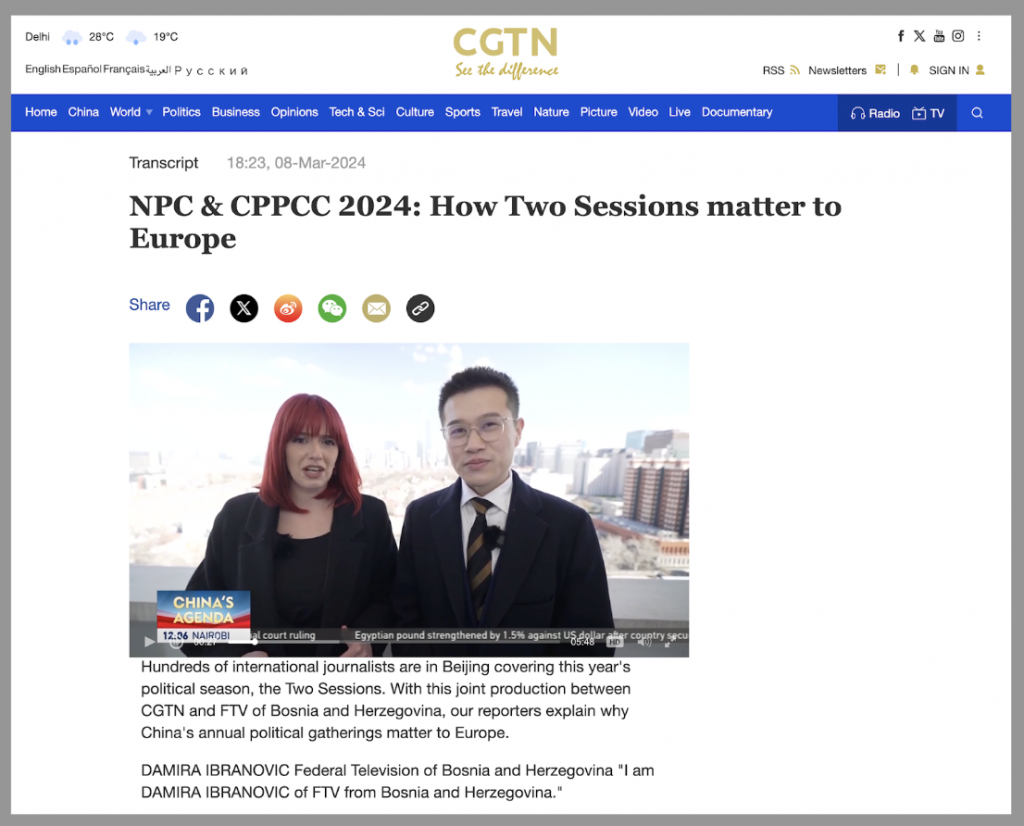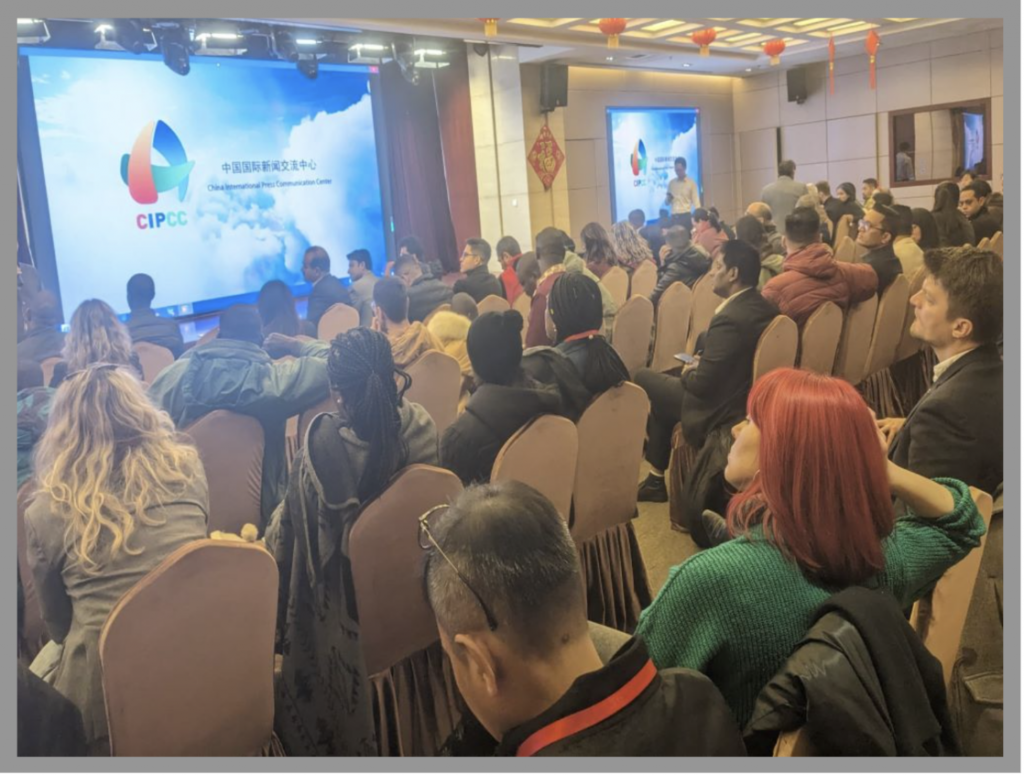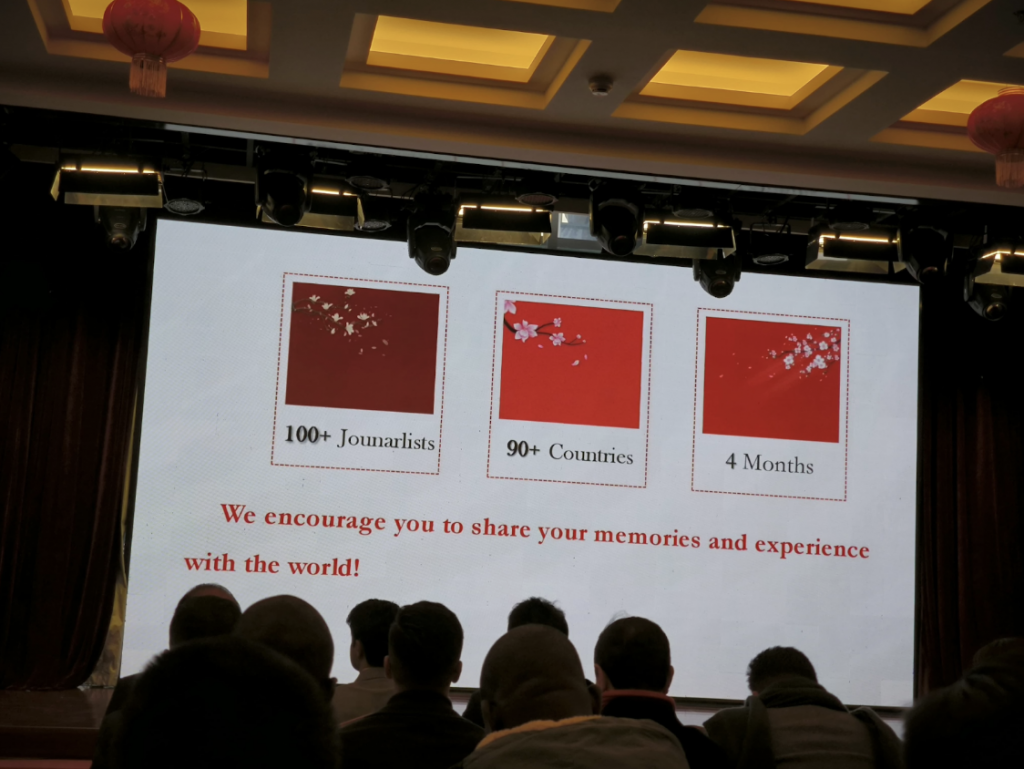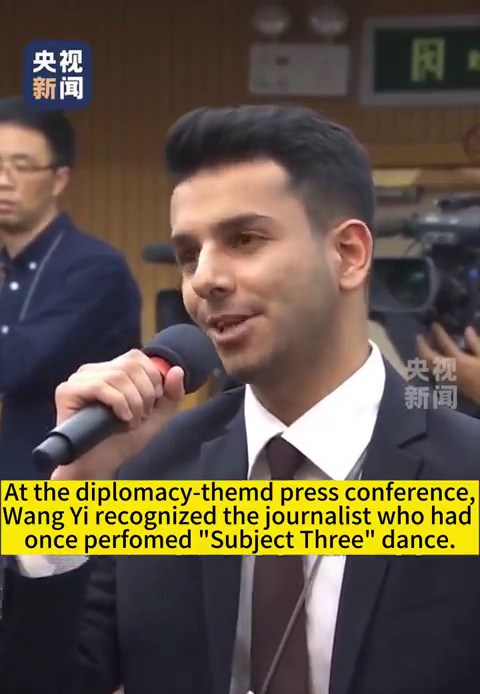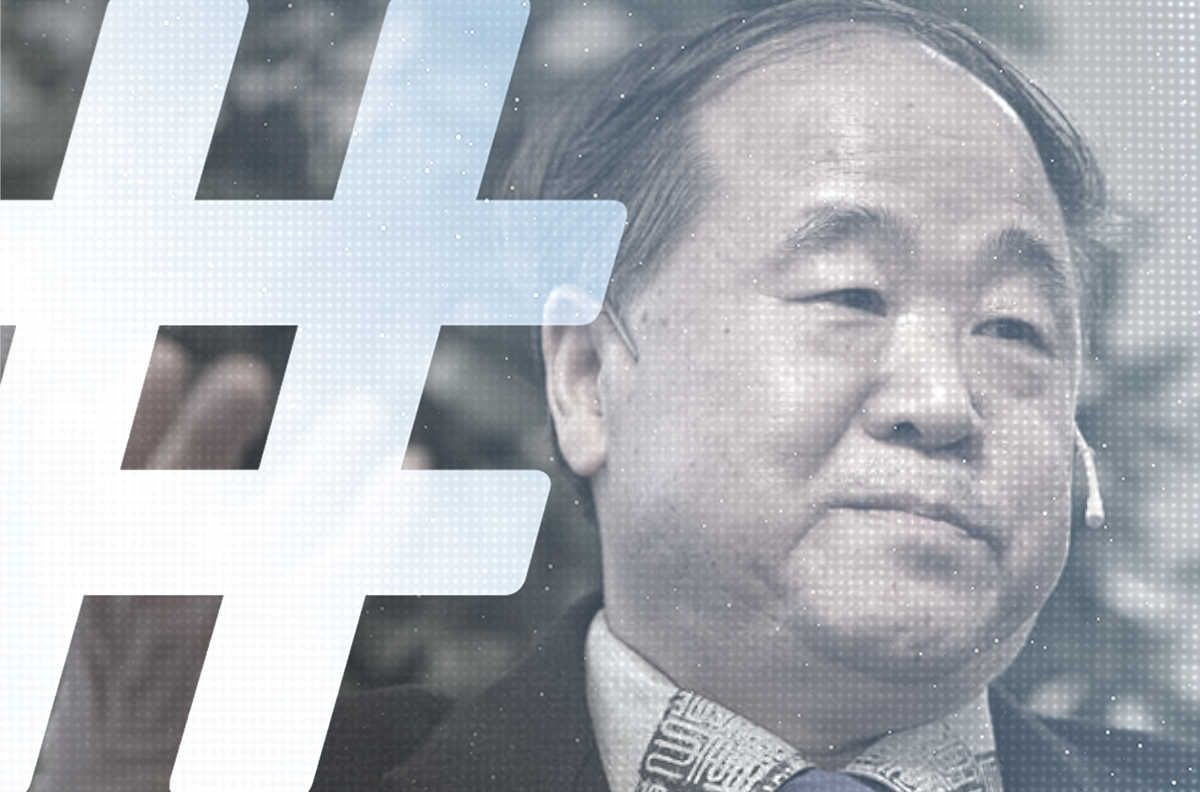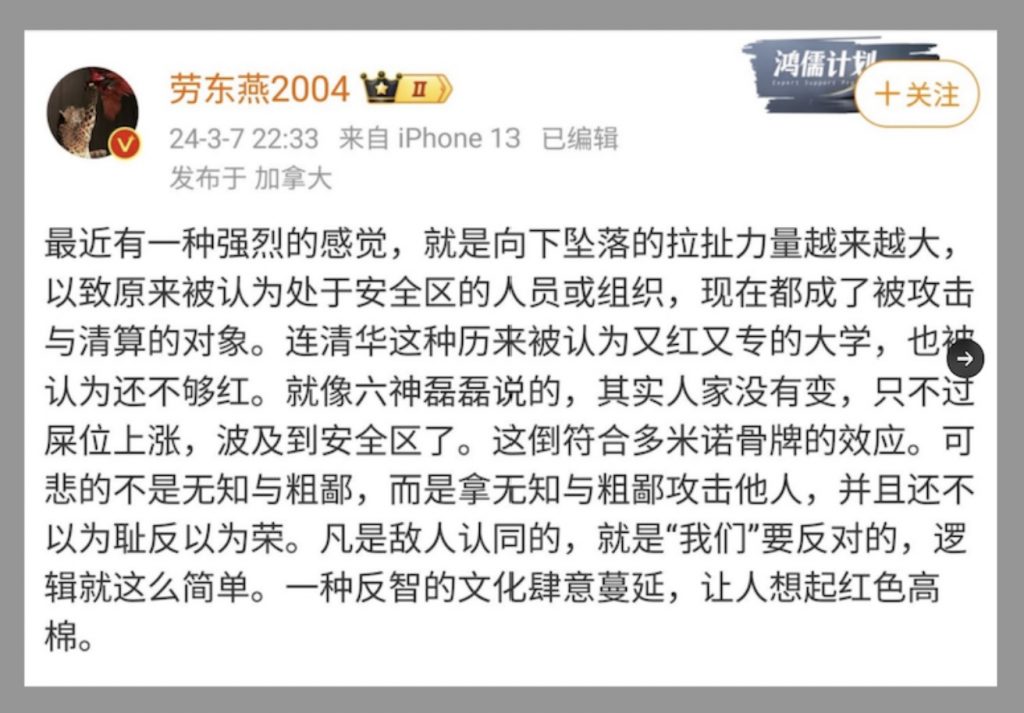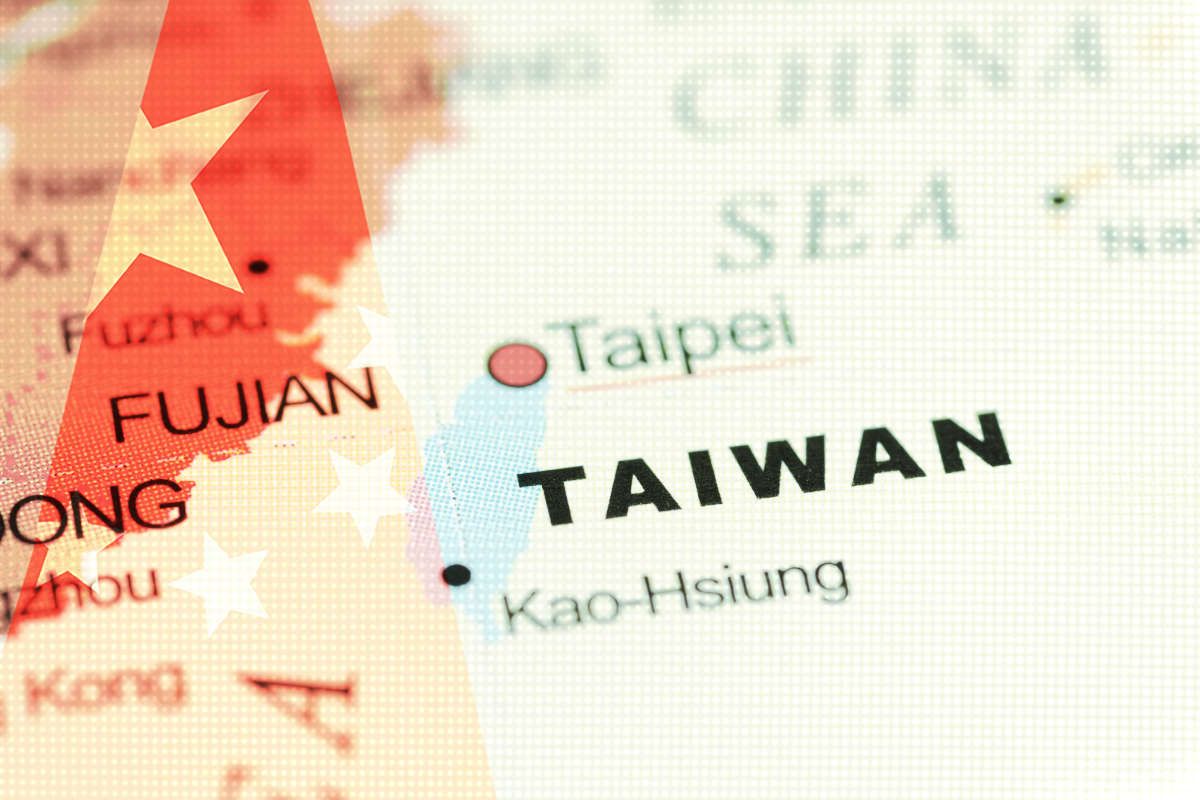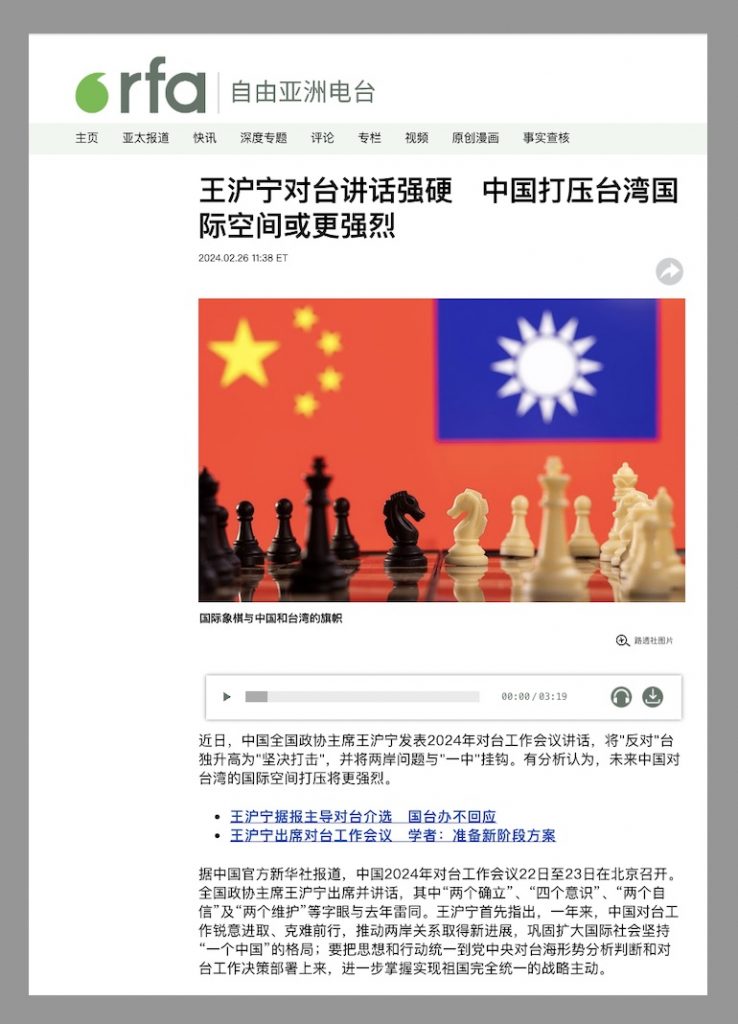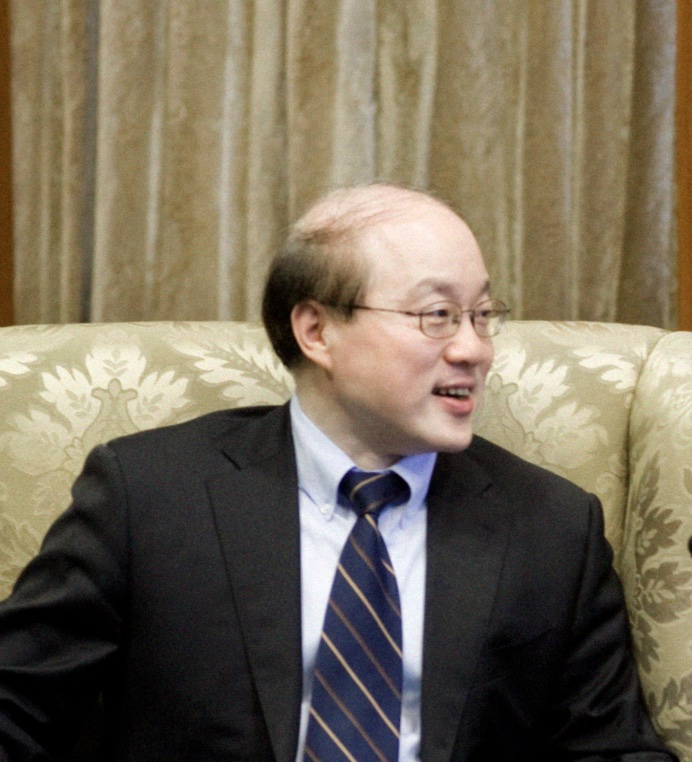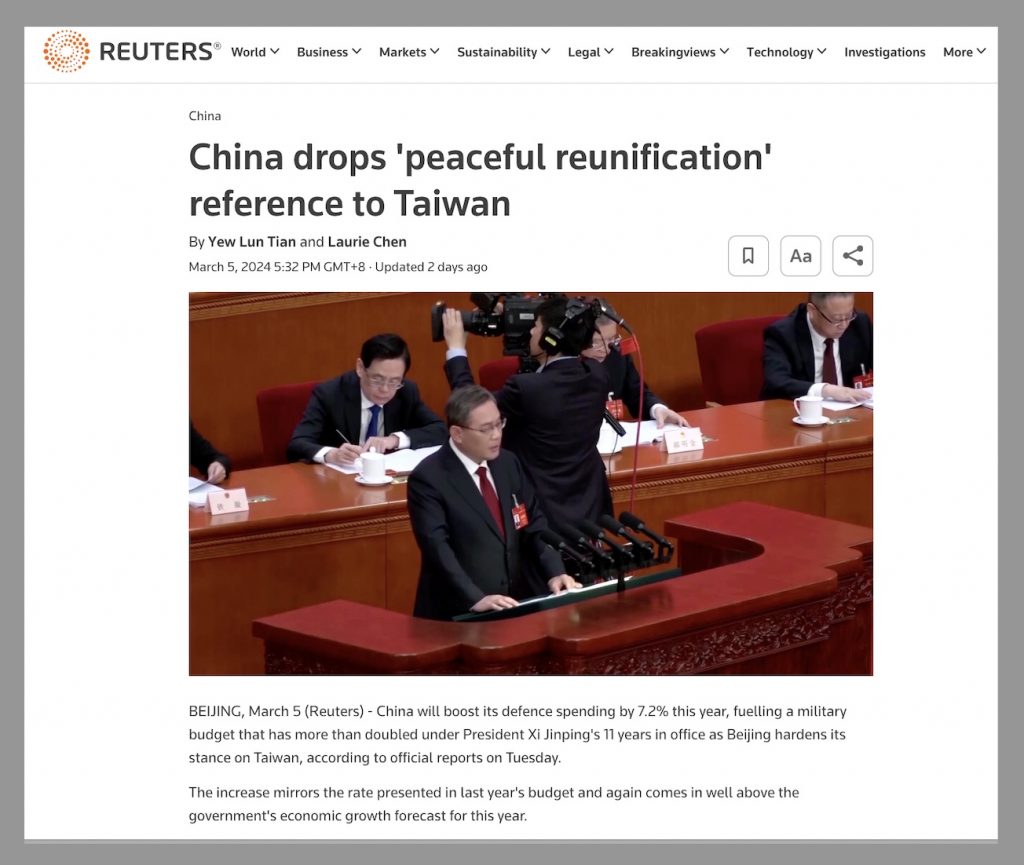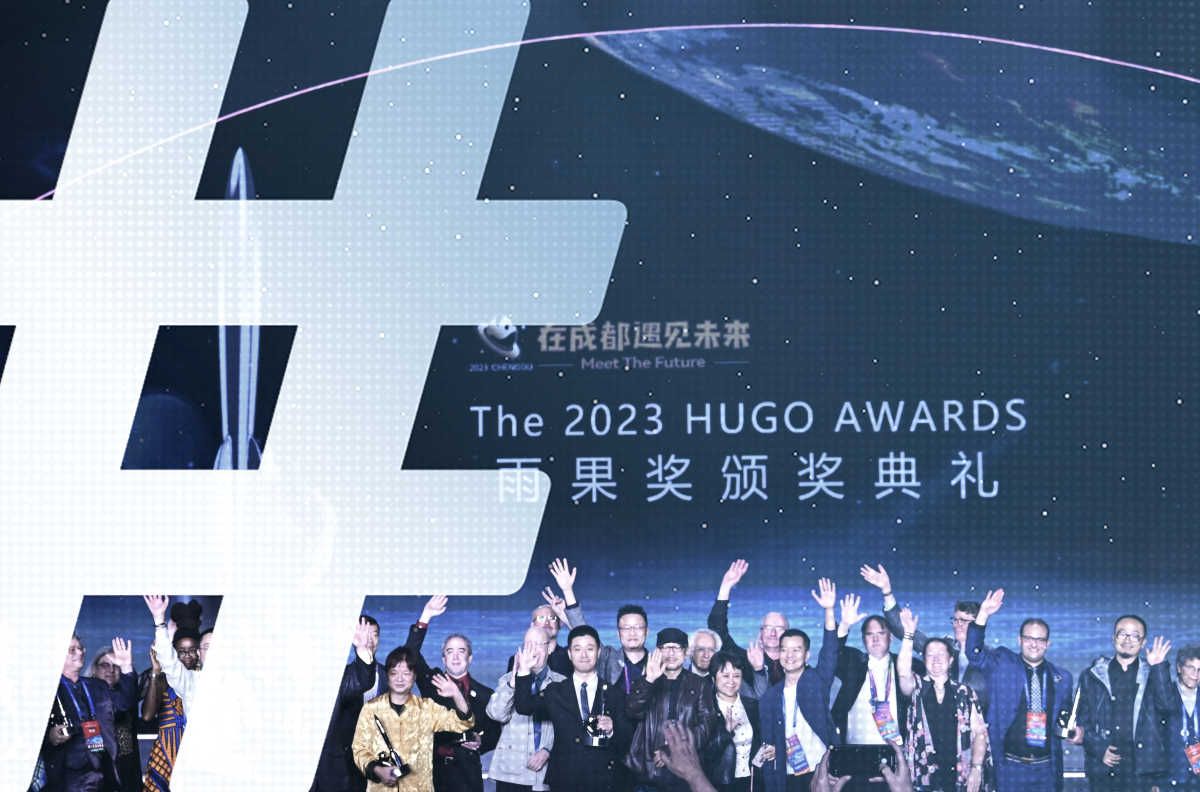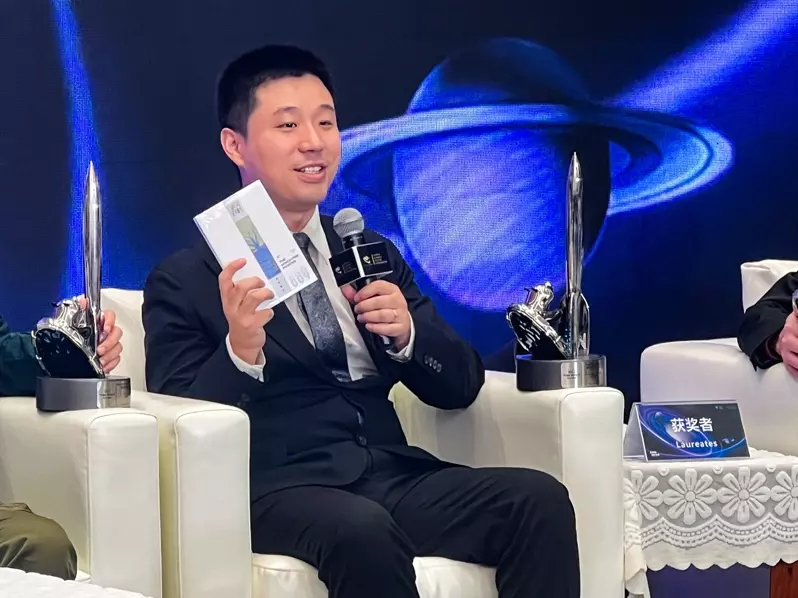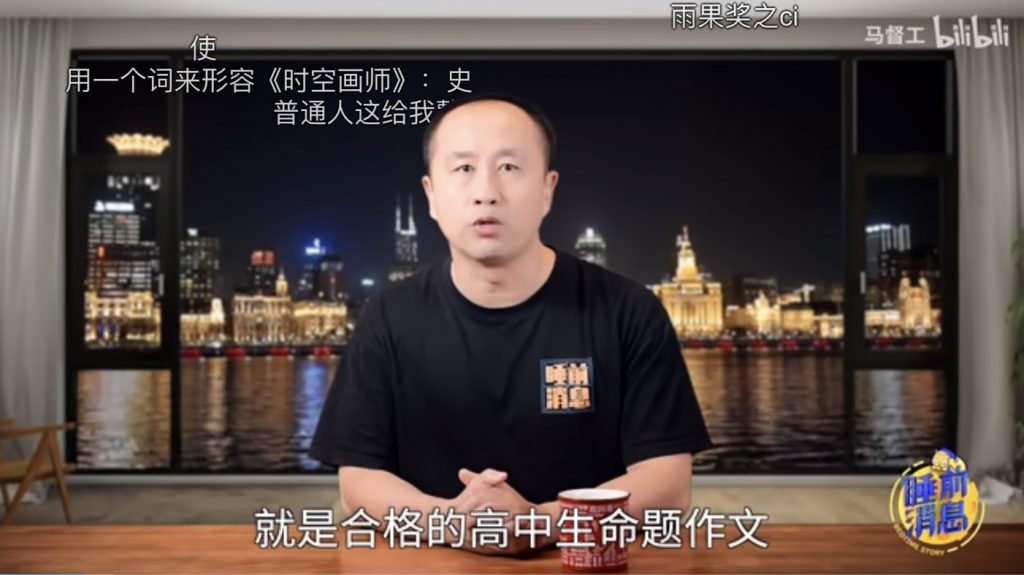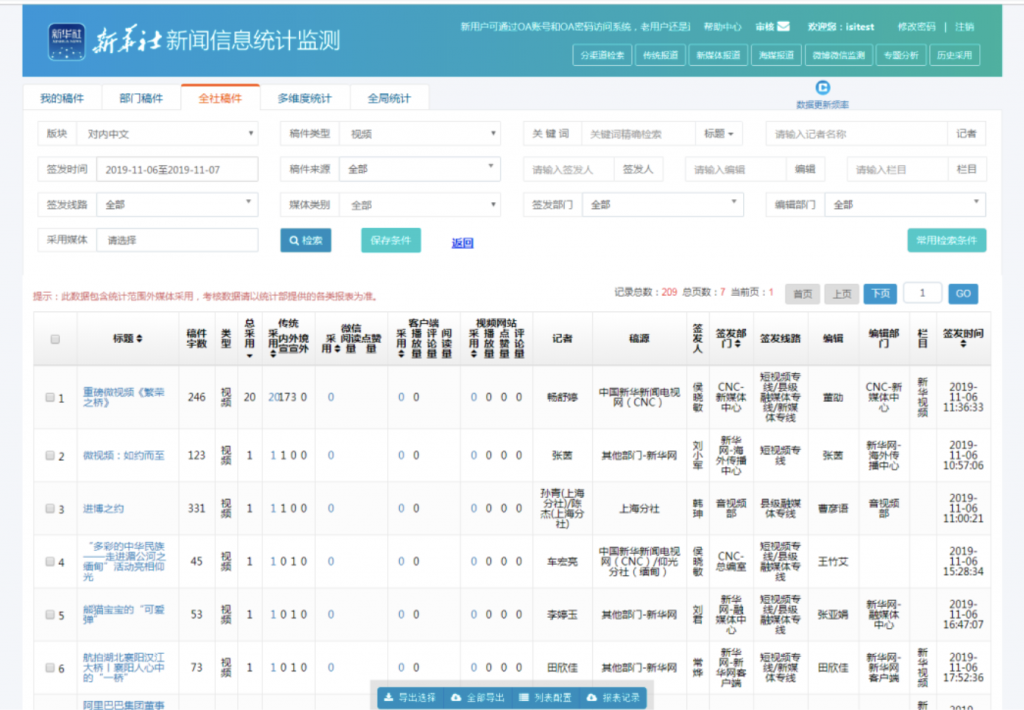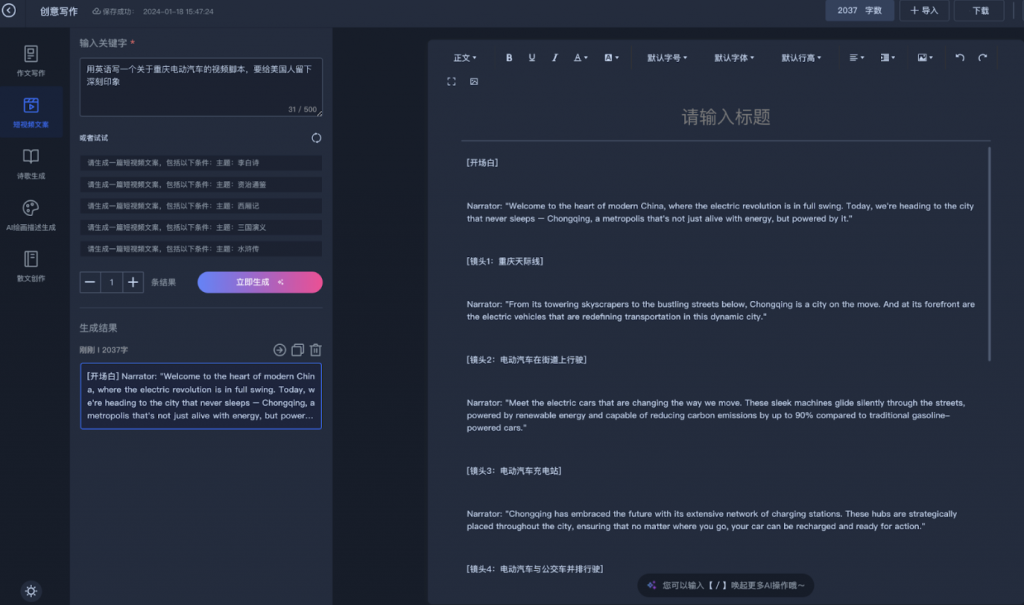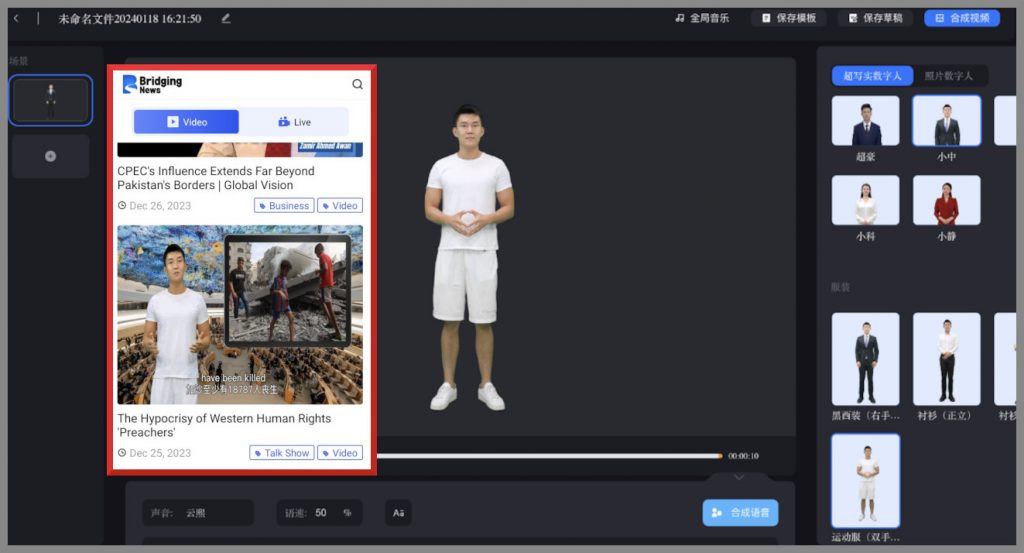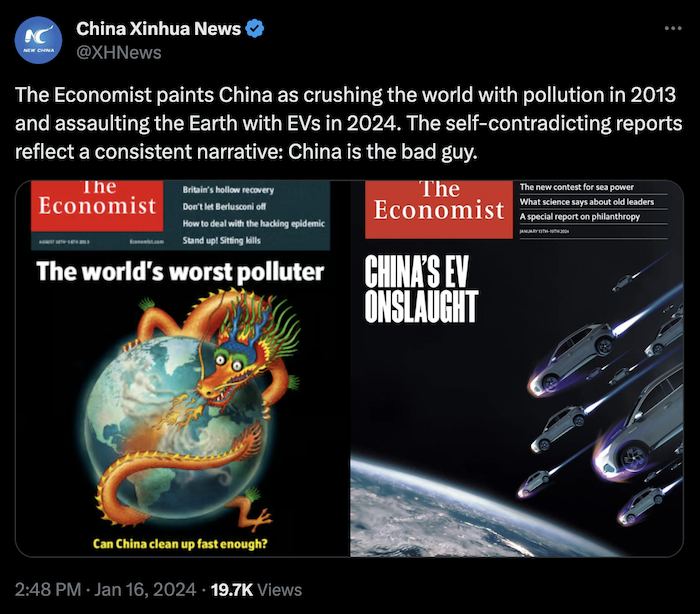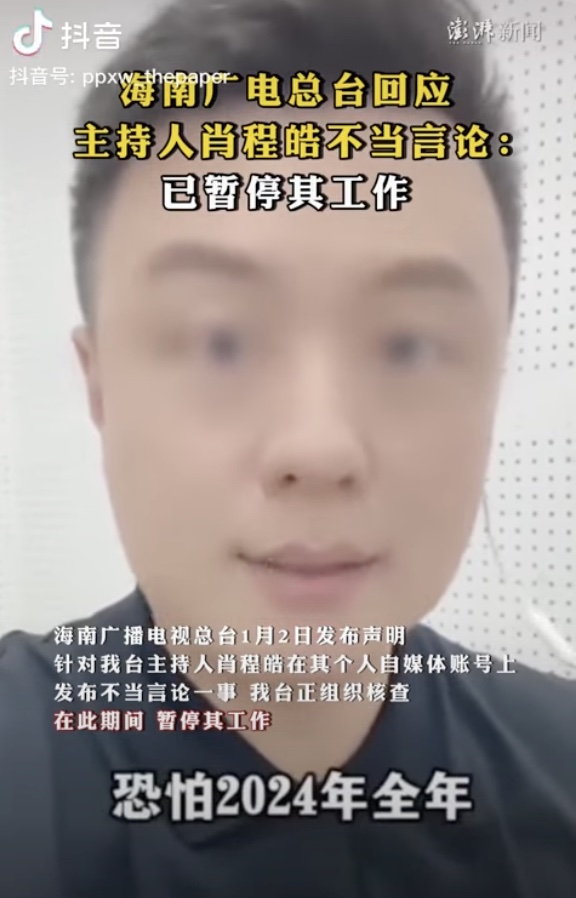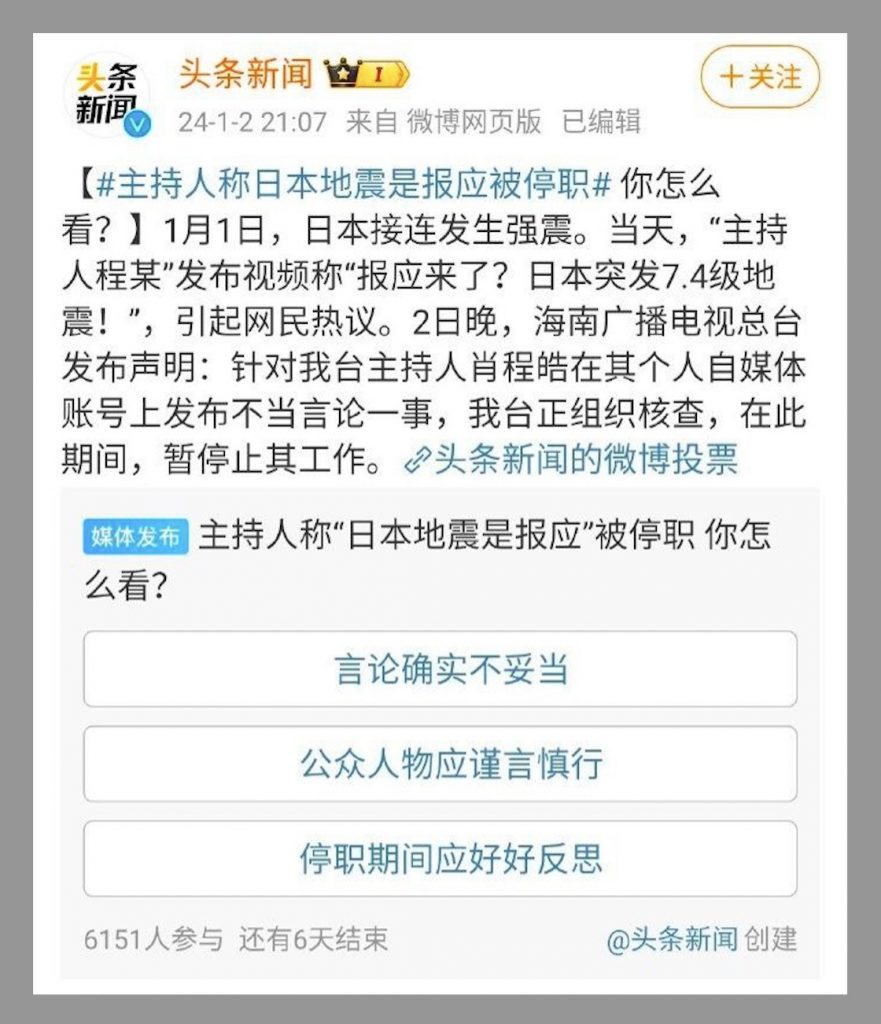Blank Slates for the Two Sessions
With masks off and more than 1,000 foreign journalists in attendance at marquee political sessions in Beijing this month, China’s leaders were keen to show that the country’s door is open to the world — but look through that door and the signs abound of a China far less open and far less receptive to criticism.
There was the sudden cancellation, for the first time in 30 years, of the premier’s annual press conference; the harassment and questioning of reporters who dared to ask the general public even innocuous questions; and the decision not to provide foreign correspondents with advance copies of the government’s work report.
But one of the clearest signs may have been the enthusiastic presence of a new cohort of foreign journalists hosted directly by China’s Ministry of Foreign Affairs. These first-time arrivals in China, accounting for at least one in ten of the reporters filling the balconies at this year’s National People’s Congress, received a disproportionate amount of attention from state media.
As many seasoned reporters are denied access, these invited guests are a reminder that the “openness” China wants is carefully stage-managed.
Show and Tell
According to state-run broadcaster CCTV, roughly 1,000 foreign journalists (including those from Hong Kong, Macau, and Taiwan) were registered this year to sit in on the Two Sessions (兩會) of the National People’s Congress and Chinese People’s Political Consultative Conference in Beijing’s cavernous Great Hall of the People, and to ask questions of government ministers at press conferences held outside of the big meetings.
From the start, this year’s journalistic cohort had a different feel to it. Bloomberg’s Colum Murphy noted on X (Twitter) that the press corps was more crowded than in previous years, as some had finally been given visas “after years of trying,” or else were part of a four-month Chinese journalism program for over 100 staffers from publications in the Global South.
Who were the journalists PRC state media chose to highlight? CCTV released a report interviewing six individuals, who all dutifully parroted Party talking points. They spoke of the “openness” of the Two Sessions, which allowed them to “understand China’s people-centered governance,” and their certainty that “China’s economy is strong and resilient.”
One of these was Damira Ibranovic, a reporter on foreign policy for one of Bosnia and Herzegovina’s major national TV stations, Federalna. Ibranovic made multiple state media appearances throughout the Two Sessions, giving an interview to Phoenix TV (凤凰卫视) and co-hosting a CGTN video which also appeared on Federalna, with Ibranovic sharing her experience reporting on the Two Sessions. Recounting the press conference held by Foreign Minister Wang Yi (王毅), she merely repeated Wang’s words about China wanting more cooperation with Europe and said she hoped China would intervene to stop the war in Gaza.
While Ibranovic said she had reported on Chinese politics in the past, she noted that this is not her area of expertise. At several points in official state media coverage, she made clear that this was her first time in the country (and indeed Asia). When she appeared as a panelist for CGTN she said her brief sojourn offered “a good experience to see [at first hand] how a different system works.”
Ibranovic, together with at least four of CCTV’s other six interviewees, is the alumnus of a media training program offered by the China International Press Communication Center (中国国际新闻交流中心), or CIPCC, a program under the China Public Diplomacy Association (中国公共协会), or CPDA. The CIPCC is an invitation-only, four-month course usually starting just before the Two Sessions for around 100 journalists from parts of Europe and the Global South. No journalists from North America were invited.
While the CPDA identifies itself publicly as a “non-profit social organization,” it is directly operated by China’s Ministry of Foreign Affairs (MFA). It has been routinely used by the MFA, through many of China’s overseas missions, as a vehicle to engage with foreign media professionals and promote what China’s government calls a “true, multidimensional and comprehensive view of China.”
At one 2022 event in Africa, journalists were treated to a lecture from the head of the MFA’s Africa Department, Wu Peng (吴鹏), on Xi Jinping’s “farsighted and inspired” political report to the 20th National Congress. The activities organized by the CIPCC are often described in official coverage as furthering the “external propaganda work” of the Chinese Communist Party.
Some participants in this year’s program with the press exchange center (including two alumni quoted in the CCTV report) visited Guangxi last week, where they were given tours of cutting-edge tech companies and scenic beauty spots. “It’s my second visit to China,” one reporter from Georgia was quoted as saying in the official CCP publication in Weihai city. “It’s a wonderful country with high development. I will spread all this information to my country.”
The most recent cohort of the program has been given lectures on China’s political, social, and cultural development, alongside exchange seminars on media issues and visits to CGTN and Xinhua. Such first-hand experience leads to “authentic reports,” according to CIPCC Director Yu Lei, that “transcend Western narratives.”
At the closing event for last year’s class of foreign journalists, the guest speaker was Foreign Ministry Spokesperson Hua Chunying (华春莹). Emphasizing diplomatic responsibilities over journalistic ones, she told the reporters that they “have become envoys of friendly exchanges and mutual understanding between China and their respective countries.”
Thinking Positive
The incentives for media in the Global South to participate in the program are clear — and may have nothing to do with amplifying PRC propaganda. As Igor Patrick notes in his forthcoming book Hearts & Minds, Votes & Contracts, outlets in Latin America struggle with financing difficulties, a dearth of qualified staff, and problems obtaining journalist visas from China. An official training course offered in an under-covered country can be the perfect foot in the door for any outlet keen to produce their own, independent coverage of China instead of just carrying wire copy.
But for China, journalistic expertise and independence are beside the point. The less familiar participants are to the country and region, the more likely they are to internalize and recite the “good stories” their hosts tell about themselves. The government views these tabula rasa, or blank-slate, journalists as more directly beneficial to the party-state in conveying its message to the world than more experienced, veteran foreign correspondents — many of whom have been expelled from the country or denied visas over the past few years.
The biggest losers are international audiences expecting impartial or authoritative coverage of one of the world’s most consequential nations.
The less familiar participants are to the country and region, the more likely they are to internalize and recite the “good stories” their hosts tell about themselves.
Iara Vidal, who identifies herself as a Chinese affairs columnist for Brazil’s Revista Forum, a magazine that seeks “different worldviews” beyond mainstream media, provides a glimpse of what the geopolitical benefits that can accrue from media exchanges like those supported by the CIPCC.
Prior to joining the training program in 2022, Vidal was a fashion journalist with no experience of China. On the sidelines of the CCP’s 20th National Congress that year, she wrote about how she had lectured a journalist from Taiwan, telling the reporter that “Taiwan is China.” She claimed to have explained that “China is not going to invade a territory that has always been theirs, and I have never seen this country behave in a warlike way.”
A story on the Two Sessions for Federalna by Ibranovic, the reporter from Bosnia and Herzegovina, seems to show her attempting her own reporting. But there are telling knowledge gaps. In reporting on China’s economic goals announced at the conference, she misses out crucial context — not least the current headwinds facing China’s economy, and the fact that last year’s 5.2 percent growth rate was the lowest in decades. Much of her report reads like a grocery list of stated Chinese aims and agendas, without deeper analysis or questioning, though she does manage to bring in remarks from foreign politicians — such as European Commission President Ursula Von Der Leyen’s statement on March 7 about the emergence of a “rising and disturbing league of dictators.” Regarding China’s increasingly aggressive position on Taiwan, Ibranovic seems to wave this off as merely a matter of China “preserving what they consider their own.”
The shallowness of these reports is a feature rather than a bug of the CIPCC training program. Journalists who arrive in Beijing as paid guests of China, with itineraries managed and information dished out by the foreign ministry, are far more likely to enter and leave the country with a sense of gratitude — as the “envoys of friendly exchanges” Hua Chunying spoke about.
Old Friends, and New
When China talks about its hopes for the work of foreign journalists, the word “friendship” is always close by. Friendliness was on display as Foreign Minister Wang Yi (王毅) fielded a softball question during his press conference at the Two Sessions from Ameen Muneer Mohammed Al-Obaidi of China-Arab TV, a Dubai-based media company listed in Hong Kong and owned by Chinese businessman Zhang Lijun.
In fluent Mandarin, Al-Obaidi tossed out the catchphrase China’s leadership has used since 2013 to focus its aim for a more positive global image through effective foreign propaganda: “What role can foreign reporters play in telling China’s story well?”
The foreign minister smiled, and with feigned spontaneity noted that he had seen Al-Obaidi performing a freestyle street dance called kemusan in short videos posted online. Then, reading his prepared script, Wang began: “The China story is a great story, and this is first and foremost the story of the Chinese Communist Party.”
Wang said that journalists should tell the world about China’s achievements and its vitality, and about how it was a responsible power bringing peace and mutual benefit to the world. “We invite more foreign friends to come together to tell the story of an energetic and bustling China, and of China working hand-in-hand with other countries to build a community of shared future for mankind,” he said.
Come journalists and tell the China story. But don’t lose the plot.

